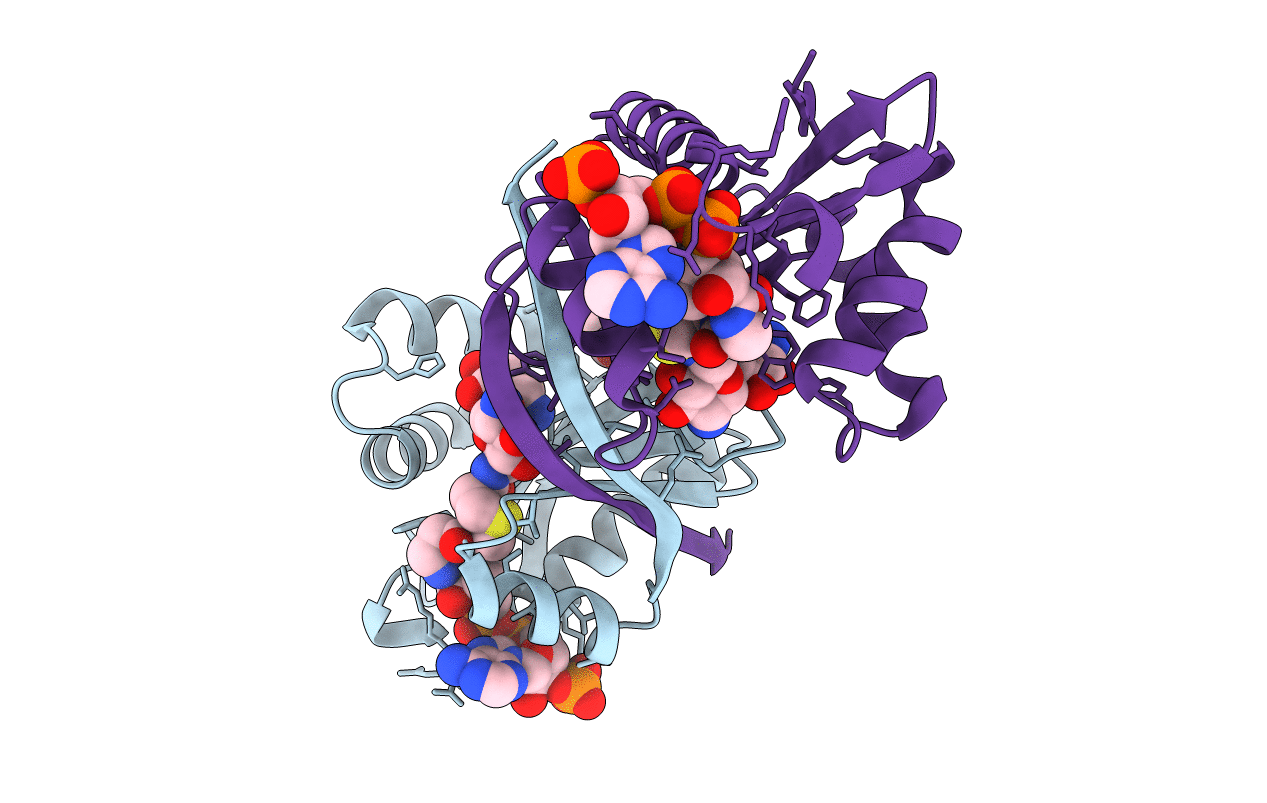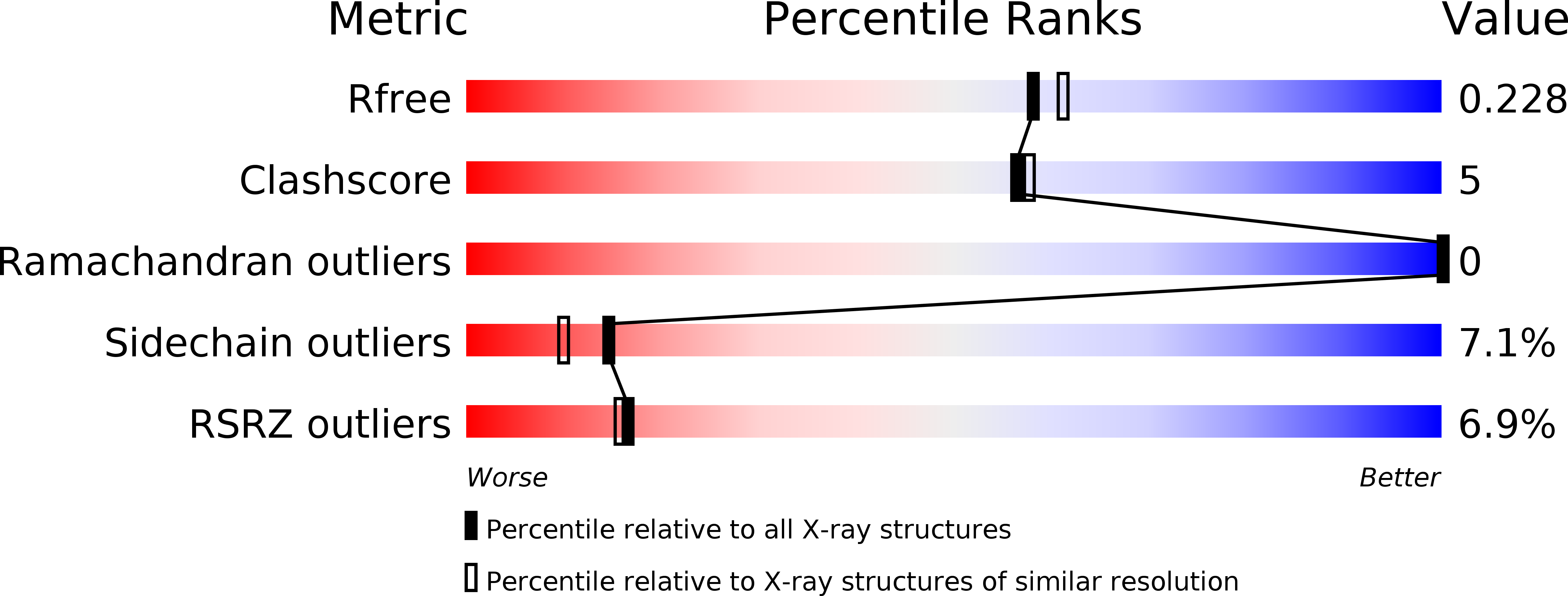
Deposition Date
2007-09-14
Release Date
2008-01-08
Last Version Date
2024-05-08
Entry Detail
PDB ID:
2VBQ
Keywords:
Title:
Structure of AAC(6')-Iy in complex with bisubstrate analog CoA-S- monomethyl-acetylneamine.
Biological Source:
Source Organism:
SALMONELLA CHOLERAESUIS (Taxon ID: 591)
Host Organism:
Method Details:
Experimental Method:
Resolution:
2.00 Å
R-Value Free:
0.23
R-Value Work:
0.18
R-Value Observed:
0.18
Space Group:
C 1 2 1


